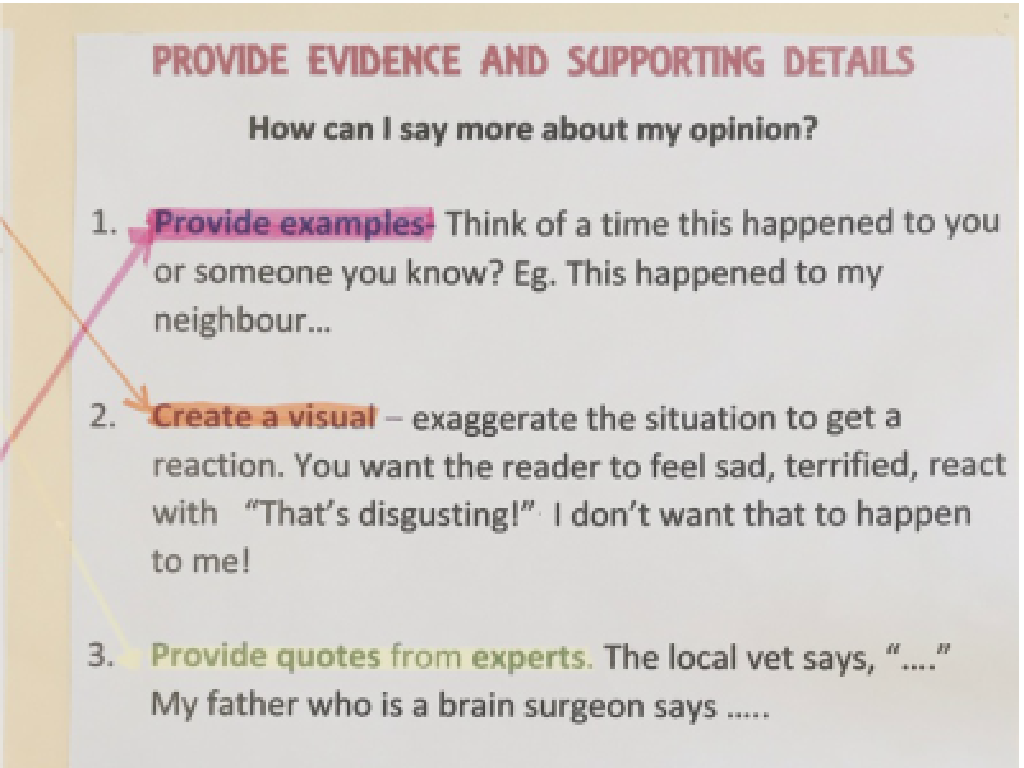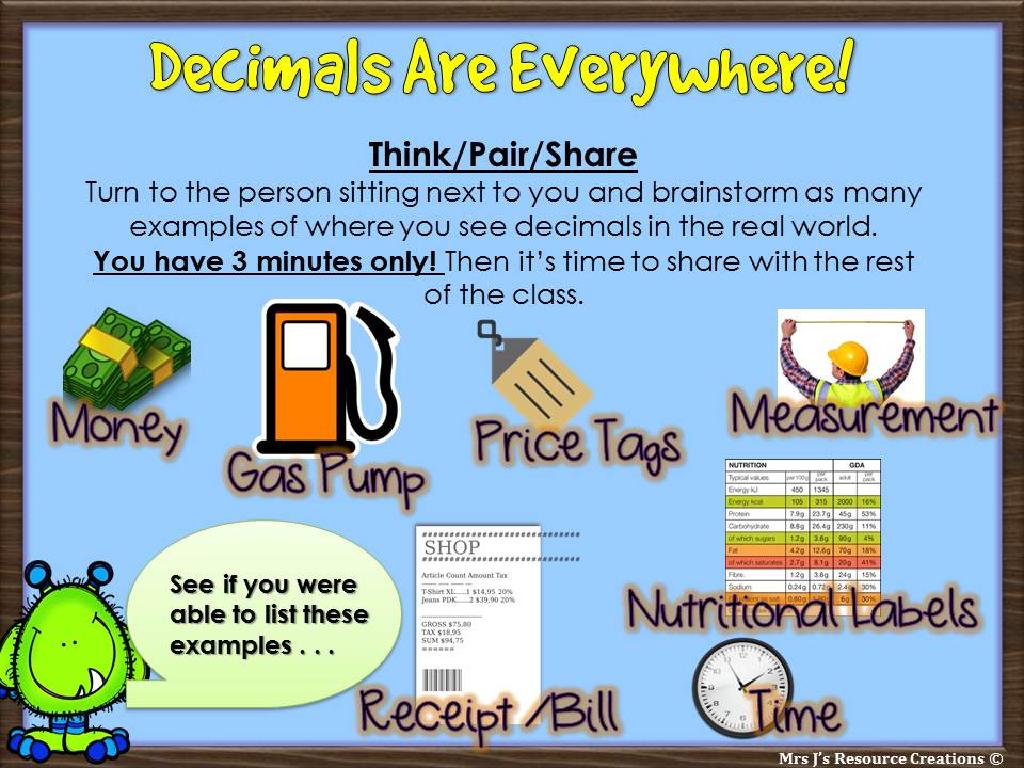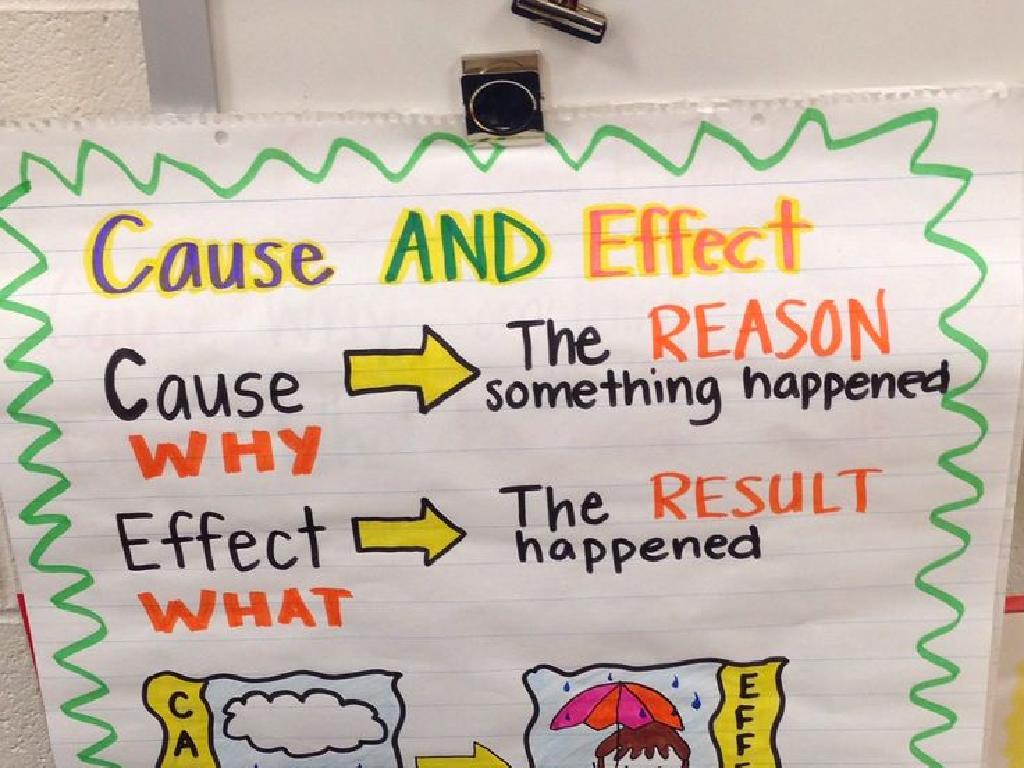Select The Detail That Does Not Support The Topic Sentence
Subject: Language arts
Grade: Second grade
Topic: Organizing Writing
Please LOG IN to download the presentation. Access is available to registered users only.
View More Content
Organizing Writing: Topic Sentences
– What is a topic sentence?
– It’s the main idea of your paragraph!
– Details make topic sentences strong
– They are like clues that tell more about the main idea.
– Spot the unrelated detail
– Some sentences don’t fit. Can you find which one?
– Practice finding supporting details
– We’ll do an activity to pick out details that match our topic.
|
This slide introduces the concept of organizing writing by focusing on the topic sentence and supporting details. Begin by explaining that a topic sentence is like the title of a story it tells us what the whole paragraph is about. Then, discuss how details are like puzzle pieces that fit together to support the topic sentence. Teach students to identify details that don’t belong to the main idea. Engage the class with an activity where they read a paragraph and pick out the sentence that doesn’t support the topic. This will help them understand the importance of coherence in writing and improve their ability to organize their thoughts.
Understanding Topic Sentences
– What’s a topic sentence?
– It tells what a paragraph is about.
– Topic sentence placement
– Often the first sentence in a paragraph.
– Supporting the topic sentence
– All sentences after should back up the topic sentence.
– Finding unrelated details
– Look for details that don’t fit the main idea.
|
This slide introduces the concept of a topic sentence to second-grade students. Begin by explaining that a topic sentence is like the title of a paragraph; it tells us what the paragraph will be about. Emphasize that the topic sentence is usually at the beginning of a paragraph. It acts as an introduction to the main idea. The rest of the paragraph should contain details that support this main idea. Teach students to be detectives, looking for any sentence that doesn’t seem to belong with the topic sentence, as this detail does not support the main idea. Use examples from familiar stories or write a simple paragraph on the board to illustrate these points.
Supporting Details in Writing
– Details support the topic sentence
– They add interest to our writing
– Like adding colors to a drawing
– Examples make details clear
– For instance, ‘The fluffy cat slept all day’ gives a clear picture
– Strong details make strong writing
|
This slide introduces the concept of supporting details in writing. Explain to the students that just like a tree has branches, a topic sentence has supporting details. These details are important because they fill in the information that the topic sentence introduces. They make our writing more exciting and understandable by providing examples and evidence. Use simple analogies, like how colors make a drawing more interesting, to help them grasp the concept. Encourage students to think of their own examples of supporting details and discuss how these make the writing stronger and more vivid. This will help them understand the importance of details in their own writing.
Which Detail Doesn’t Fit?
– Not all details fit the topic
– Find & remove odd details
– Look for sentences that don t match the main idea of the paragraph.
– Keep paragraphs focused
– Removing unrelated details sharpens the main point.
– Makes writing clear & strong
|
In this slide, we aim to teach second graders the importance of coherence in writing. Explain that sometimes when we write, we might include details that don’t quite match our main idea. It’s like having a puzzle piece that doesn’t fit. We need to be detectives and spot these out-of-place details to take them out. This makes sure our paragraph talks only about one main topic and is easy for others to understand. Use examples of a focused topic sentence and add details that match and one that doesn’t. Ask students to identify the odd one out. This exercise will enhance their ability to organize their thoughts and communicate more effectively through writing.
Finding the Odd Detail Out
– Read a paragraph together
– Identify the topic sentence
– The main idea of the paragraph
– Find supporting details
– Details that explain or prove the topic sentence
– Spot the unrelated detail
– Look for a detail that seems out of place
|
This slide is aimed at teaching students how to organize their writing by understanding the importance of a topic sentence and supporting details. Start by reading a paragraph with the class, then guide them to identify the topic sentence, which is the main idea of the paragraph. Next, discuss the supporting details that explain or give more information about the topic sentence. Finally, challenge the students to spot the detail that does not support the topic sentence. This exercise will help them understand how every sentence in a paragraph should be connected to the main idea. Encourage participation and provide examples if needed to ensure comprehension.
Practice Time: Finding the Main Idea
– Read the paragraph carefully
– Circle the topic sentence
– The main idea of the paragraph
– Underline supporting details
– Details that explain or prove the topic sentence
– Find details that don’t fit
– Look for a detail that seems out of place
|
This slide is for a classroom activity where students will practice identifying the topic sentence and supporting details in a paragraph. Provide each student with a worksheet containing a short paragraph. Instruct them to read the paragraph and circle the topic sentence, which is the main idea. Then, they should underline the sentences that support this main idea. Lastly, ask them to find any detail that does not support the topic sentence, which will help them understand the importance of coherence in writing. For the teacher: be ready to assist students who may struggle with distinguishing between supporting and non-supporting details. Offer examples and guide them through the process if needed. This activity will enhance their reading comprehension and analytical skills in organizing writing.
Class Activity: Find the Odd Detail Out
– Discuss the paragraph in groups
– Find the non-supporting detail
– Look for a sentence that doesn’t match the main idea
– Decide why it doesn’t fit
– Think about how each detail relates to the topic
– Share your reasons with the class
|
This activity is designed to enhance students’ understanding of how details should support the topic sentence in a paragraph. Divide the class into small groups and provide each with a worksheet containing a paragraph. The task for each group is to identify the detail that does not support the topic sentence. Encourage them to discuss and use context clues to determine which sentence is out of place. After the group discussion, each group will share their findings with the class, explaining why the chosen detail does not fit with the main idea. This will help students practice critical thinking and reasoning skills. Possible activities for different groups could include paragraphs with varying topics or complexity, using visual aids to organize their thoughts, or creating their own paragraphs with one odd detail to challenge other groups.
Organizing Writing: Conclusion
– Celebrate your organizing skills
– Every detail must back up the topic
– If the topic is ‘My Favorite Fruit’, don’t add details about vegetables.
– Practice organizing at home
– Keep up the great work!
|
As we wrap up today’s lesson on organizing writing, it’s important to praise the students for their effort and remind them of the key lesson: every detail in their writing should support the topic sentence. Reinforce the idea that practice is essential for improvement and encourage them to continue practicing their writing organization skills at home. Provide examples of how to stay on topic and remind them to always check if each sentence they write is related to the main idea. Celebrate their progress and motivate them to keep writing and organizing their thoughts clearly.






